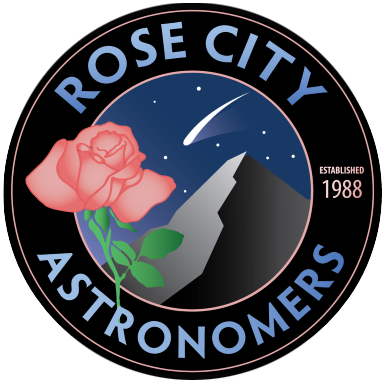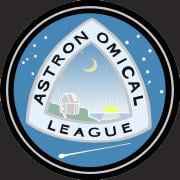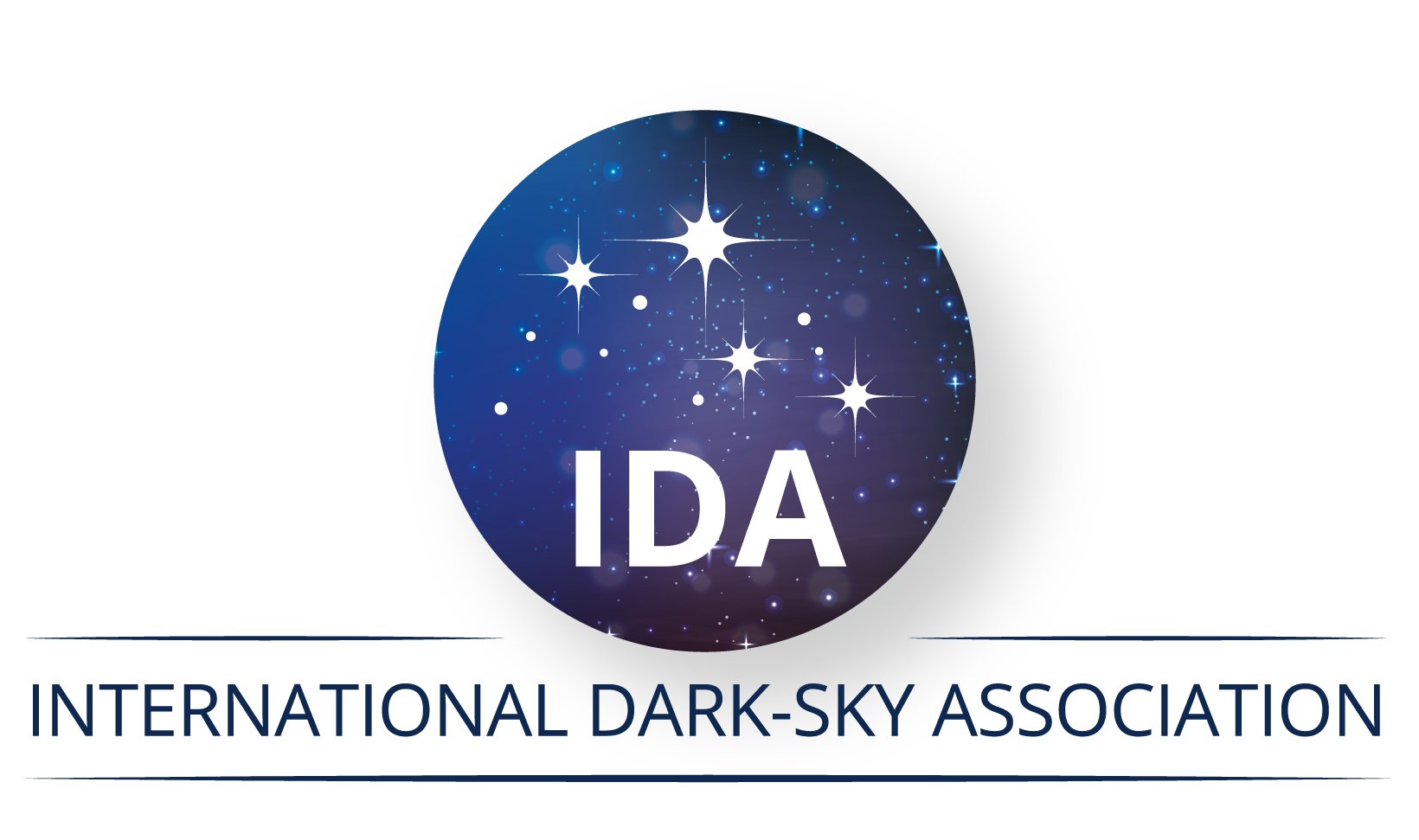Vernal Equinox - March 19, 2024
/Credit: NASA
Jim Todd
RCA President
OMSI Director of Space Science Education
Spring finally arrives! Tuesday, March 19 is the vernal equinox for the Pacific Time Zone at 8:06 p.m., the day on which both the north and south poles of the earth are nearly equal distances towards the sun (92.6 million miles). At that instant, the sun stands directly over the Earth’s equator. The first day of spring is called 'the vernal equinox', vernal meaning 'green', and equinox meaning 'equal night', which simply means that on the equinox the hours of daylight are nearly equal to the hours of the night.
For much of the last century, the spring equinox has occurred on March 20 or 21. For 2024 (and in 2020), thanks to leap year, the equinox happens on the 19th in all U.S. time zones, making it the earliest spring we will have seen. Before then, the last time spring arrived this early was in 1896, 128 years ago.
As seen from Portland on March 20 and 21, the noon sun will reach its mid-point in the sky near 45 degrees from the southern horizon. On the day of an equinox, it is a good day for finding due east and due west from your own backyard. Just go outside around sunset or sunrise and notice the location of the sun on the horizon with respect to familiar landmarks.
In reality, March 16th is when day and night are both closest to 12 hours from Portland, Oregon, with sunrise at 7:18 a.m. and sunset at 7:19 p.m.. At the 45th latitude North, the time it takes for the sun to fully rise and set, which is several minutes, is added to the day and subtracted from the night, and therefore the equinox day lasts a little longer than 12 hours. Another reason why the day is longer than 12 hours on an equinox is that the Earth's atmosphere refracts sunlight. After March 17th, the daylights will be longer than nighttime until September 25th, after the autumnal equinox.
Happy Spring!









